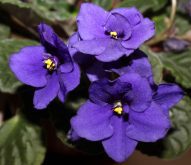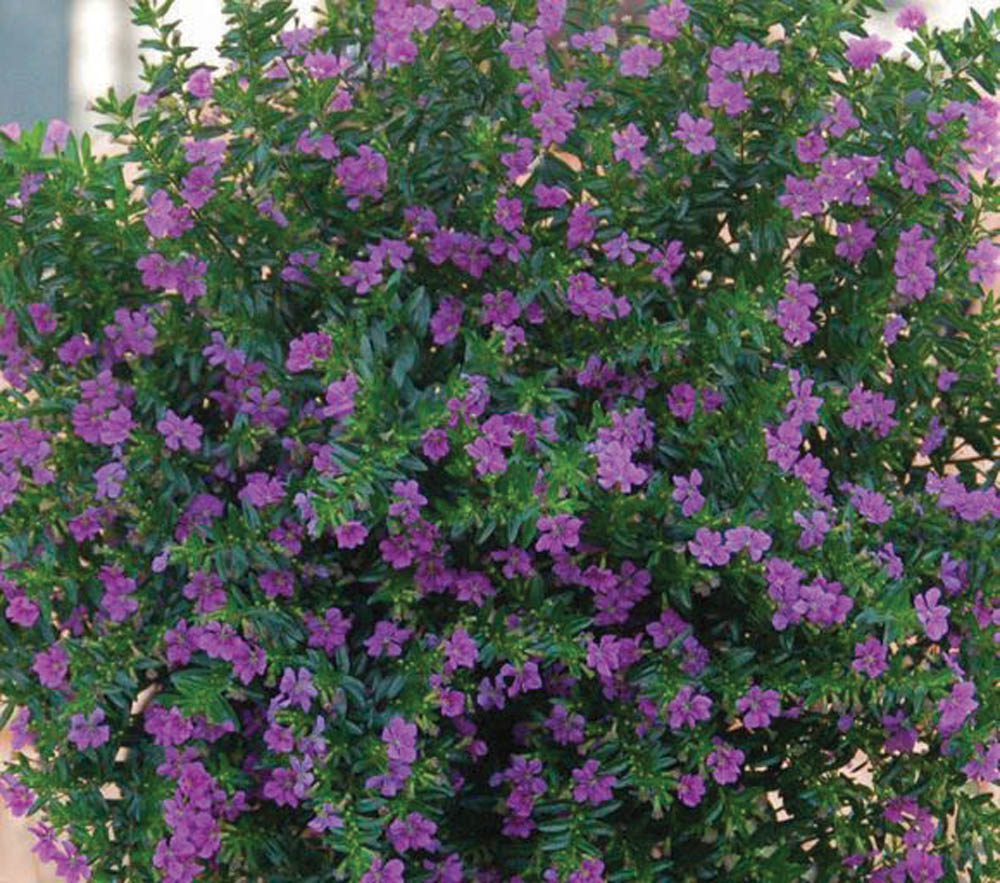We are still in the depths of winter even though the days are getting longer, so although cutting herbs from outdoor plants is out of the question, it is relatively easy to have a few herbs on hand indoors. All it takes is a bit of planning in the fall and/or a bit of preserving during the growing season.
Many herbs are easy to freeze and can be used to enhance cooked dishes, but are not useful as garnishes because like most plants, after being frozen, the herbs will be limp and relatively unattractive after they are thawed. When there are herbs growing in the garden, dill and parsley are easy to freeze. Simply wash the cuttings and snip off the leaves into bags and freeze them. Let dill self-seed in the garden and harvest relatively immature plants when they are at their best.
Read Also

Growing garlic by the thousands in Manitoba
Rebekah Sandford planted 28,000 garlic plants by hand last year on her operation near St. Malo, Manitoba. She’s one of the few local garlic growers in the province and on the Prairies.
In the fall I sometimes dig up a parsley plant and pot it into a large pot; parsley has a huge root system and a big pot is necessary to accommodate the root ball. Alternately I sometimes seed a few parsley seeds in a pot in August and then choose the best plant and allow it to grow on after I remove the other plants. It will be of usable size by the time the snow comes. I think I get a better, more productive plant by using a seedling rather than by potting up a full-grown plant but either way, one parsley plant put under the grow lights of the light garden will provide all the parsley garnish needed during the winter. Frozen parsley is used for soups and stews and other cooked dishes.
Before freeze-up I also pot up a chives plant. I take a good-sized clump that fits into a deep six-inch pot (a so-called geranium pot will provide more room for the roots to spread and get nutrients). Chives continue to be green outdoors right up until winter, so I do this very late in the fall. I cut the top growth off and place the pot in front of a south-facing window in the sunroom. Chives don’t mind the relatively cool environment of the sunroom during the winter and soon new growth appears. This pot of greenery provides snippets of chives to add to dishes, and the clump continues to put forth new growth, as the cut-off stems are soon replaced with new ones. Because such herbs are grown in high light areas either in front of a sunny window or under the lights in a light garden, they will be in active growth all winter. This means that they will demand nutrients to perform well so they should be fertilized. I use a weak 20-20-20 soluble plant food every two or three weeks and this seems to keep them happy.
Other fresh herbs can be grown during the winter. Many of them are slow growing and must be seeded in the summer to establish good-size plants for the winter. I grow some fast-growing herbs in large containers — big in diameter but not necessarily that deep. I save a bunch of dill seed during the summer and scatter some of these seeds over the soil surface and cover them with a bit of the mix. Soon I have a pan of fresh dill to use in the kitchen. The container of dill will have a short life, as once the young plants are snipped off many of them do not produce new growth. However, a new container can be started before the current one is used up. Several containers will be planted over the course of the winter.
Another fast-growing and useful herb is basil. I always seed an eight-inch pot of basil in the fall which will provide all the leaves needed during the winter. I leave the strongest four or five plants and discard the rest, as this number will soon fill up the pot. During the winter I snip off the tallest stems for use and the plants simply put out more side branches and get bushier.
Besides demanding consistent moisture and some fertilizer, herbs are relatively easy-care plants to grow during the winter. Aphids can be a problem but diligent observation will nip any infestation in the bud and insect problems are no more likely to occur on herbs than on many other houseplants. Keeping the plants healthy and well groomed and practising careful observation will prevent any problems.
Pots of winter herbs will continue to meet your needs well into the early summer until some fresh herbs can be harvested from the outdoors. It will soon be time to plant seeds to obtain herb transplants for our summer gardens. Spring is coming!



















